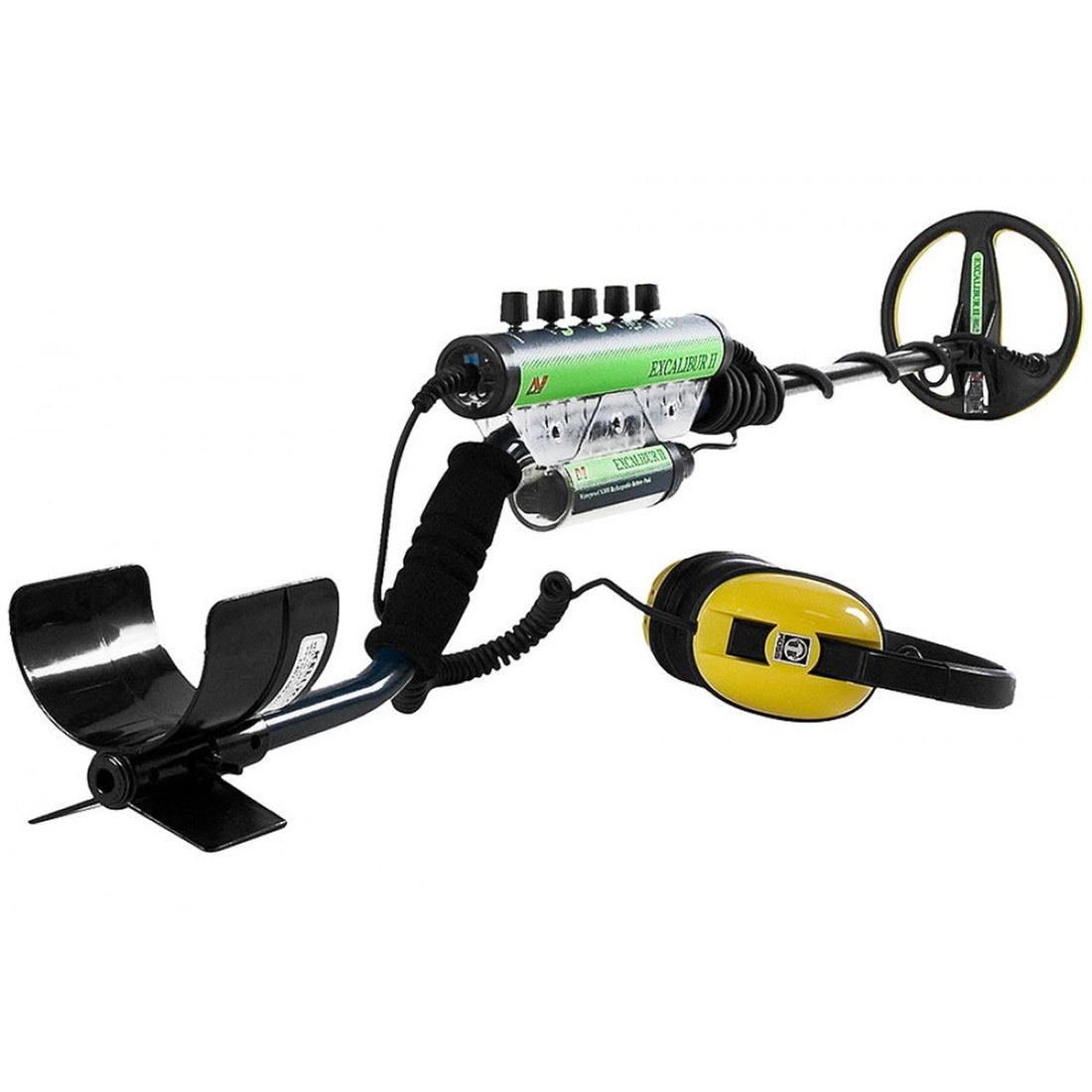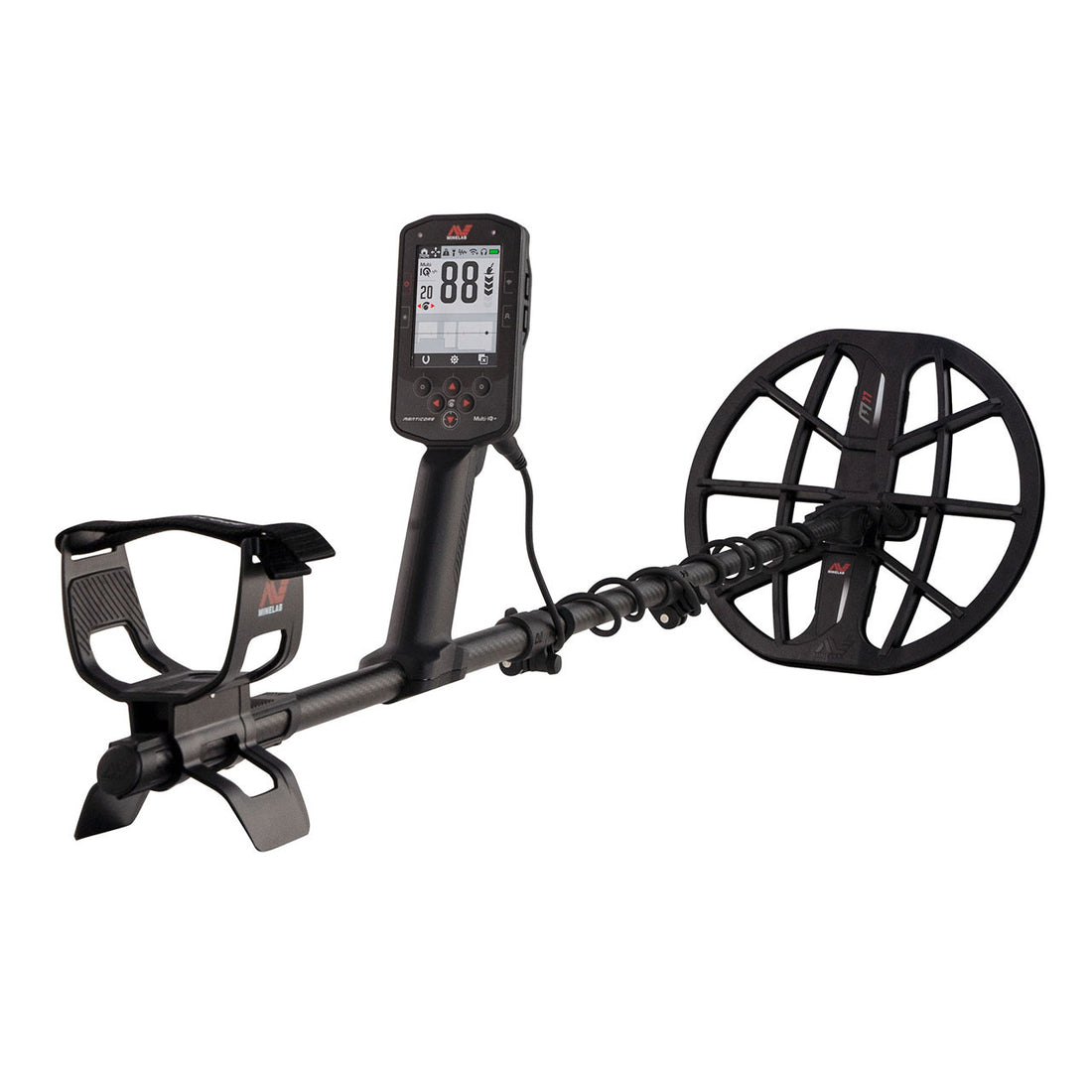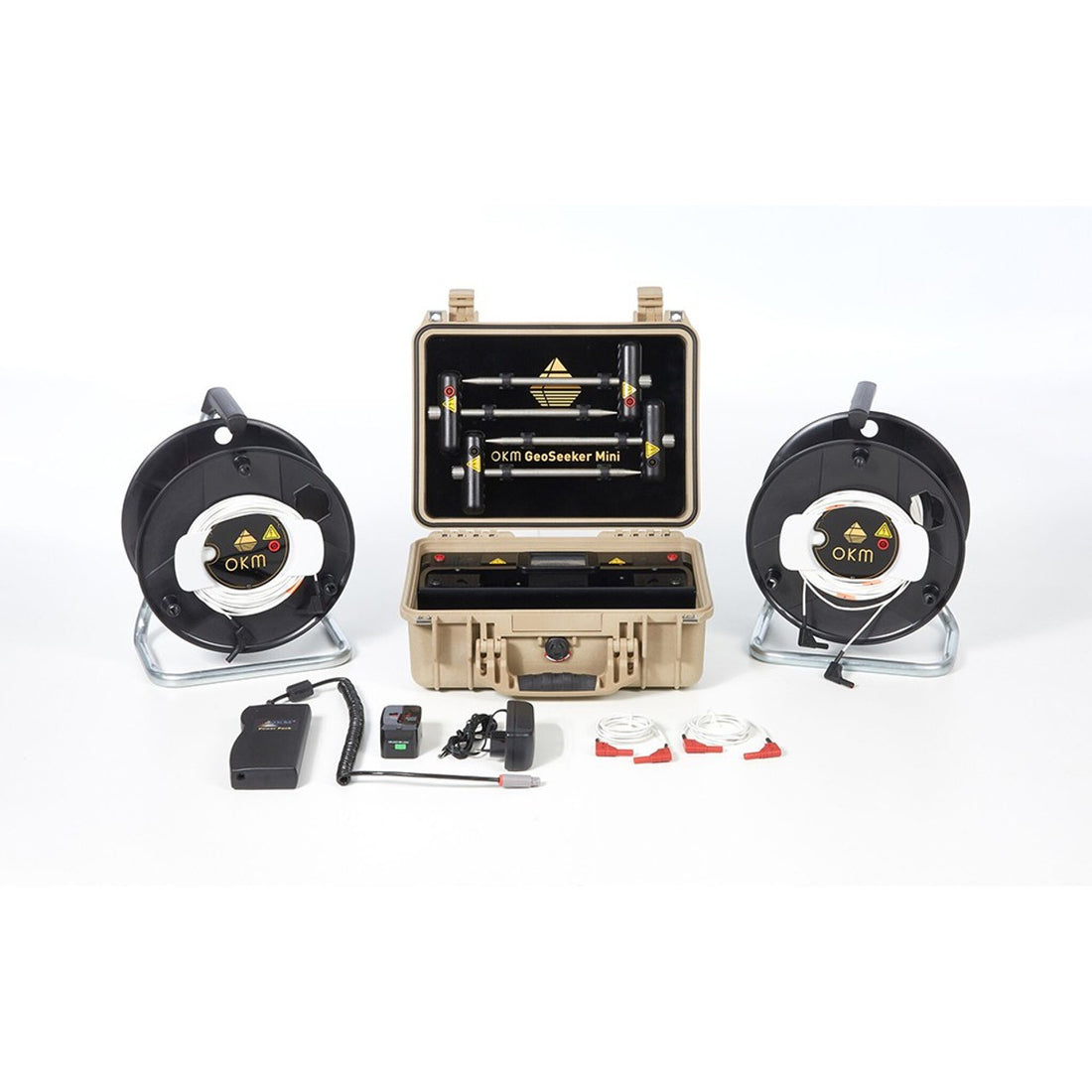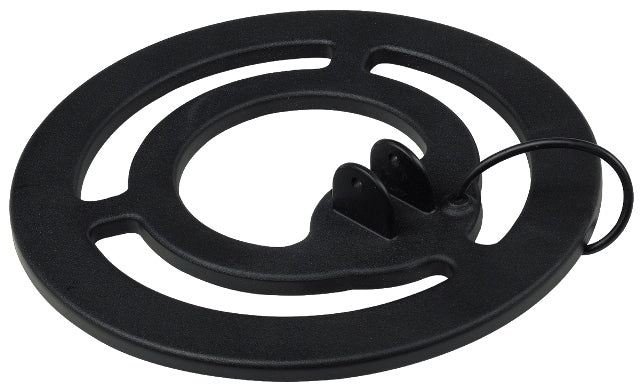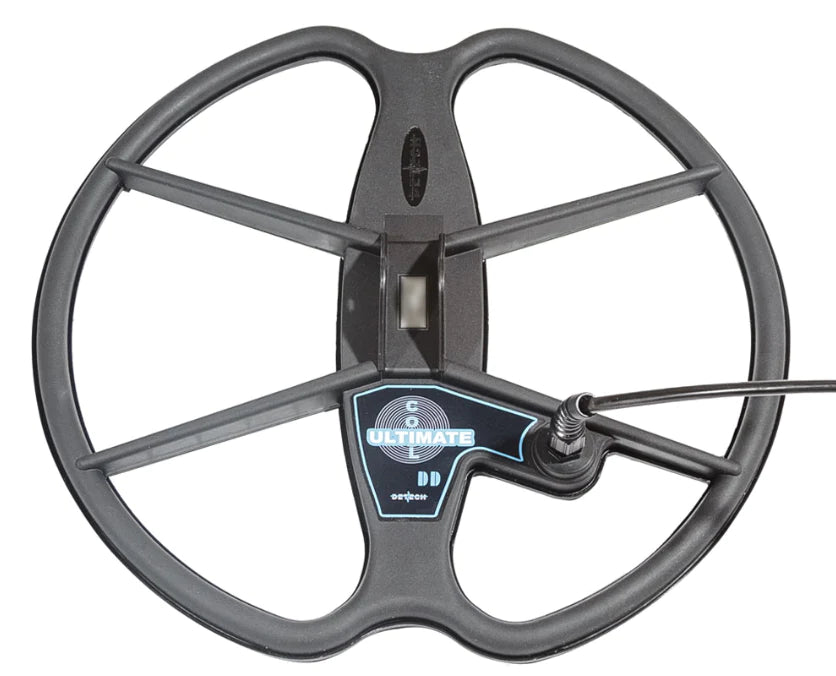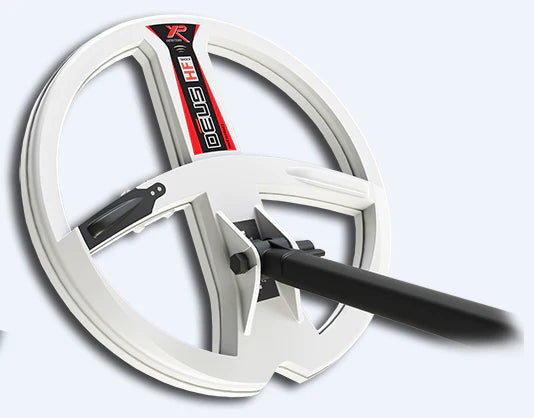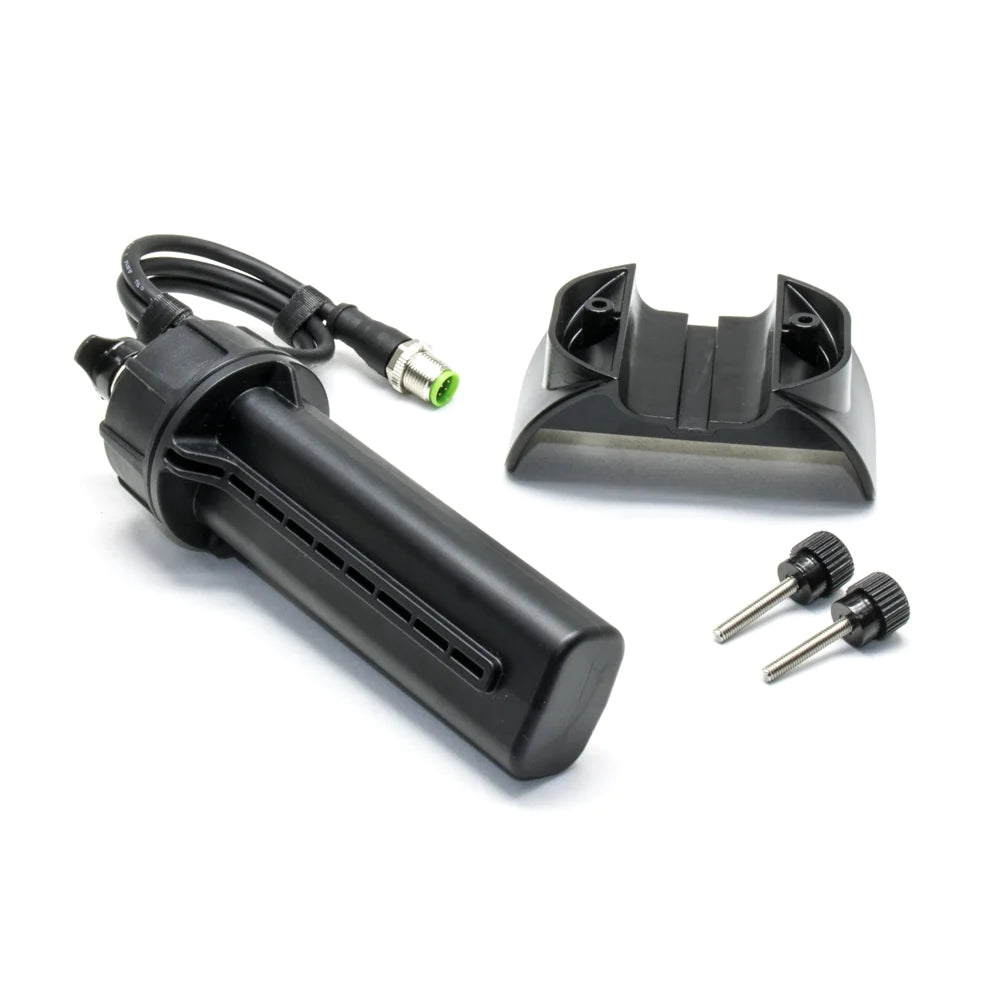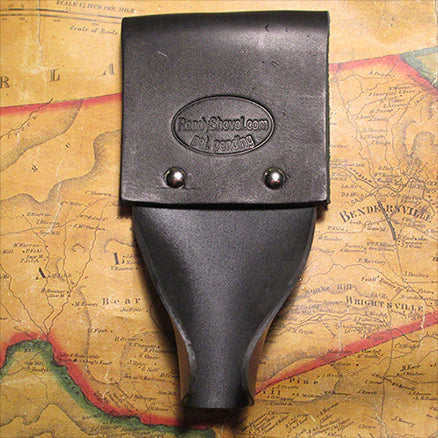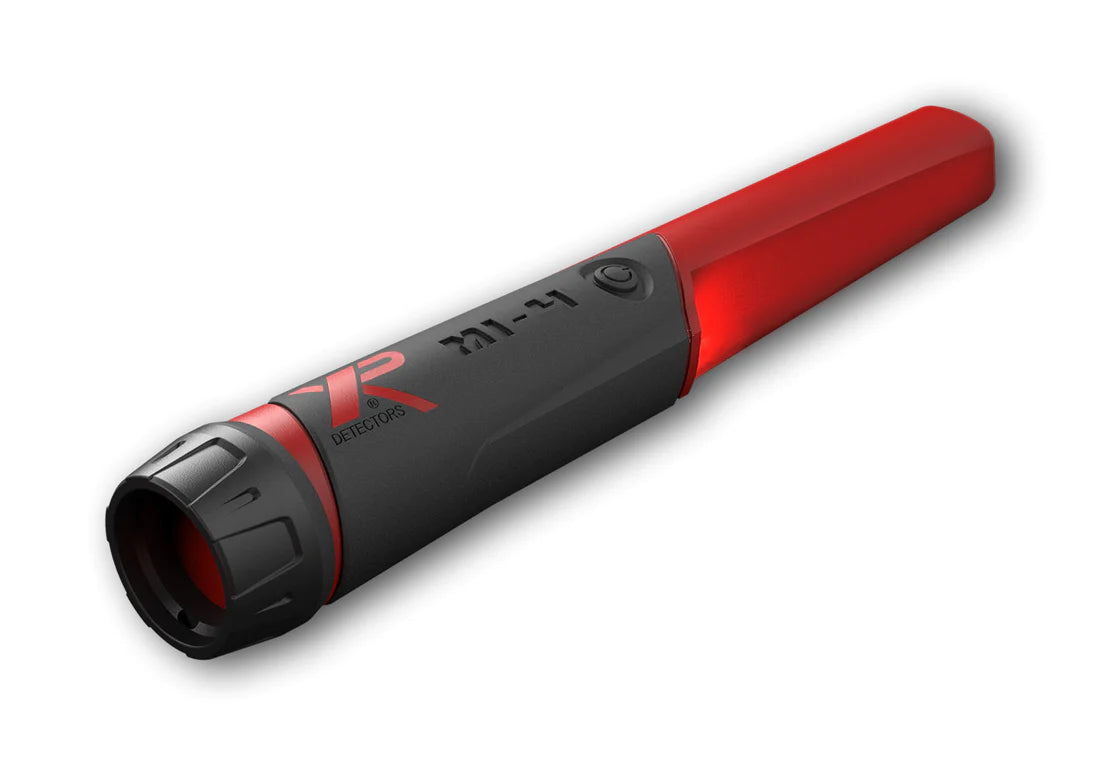Best metal detector finds
Best metal detector finds
All detectorists have dreamt of making that one great find at some point. We have all wondered what our lives would be like if we made a significant discovery and uncovered a truly valuable piece of history. Not all of the most significant detecting finds bring fame and fortune to detectorists. For many, it is just the excitement of finding something hidden and that time forgot.
love to find all sorts of different things. The most common items found are usually , or , nuggets, treasures, , , Civil War buttons, and other or . To find treasures like these of your own, just follow the used by top hunters. You will soon be on your way to locating the like those seen on the popular Oak Island television show with . Some of the include:
11 Notable World Finds and Treasures
- Derrynaflan
- Ringlemere cup
- Early American Copper Penny
- Penny
- The Ring Finders
- Grouville
- King Henry VII Crown Centerpiece
- Bronze Age Axe Hoard
When looking for specific objects, it is important to research the area before heading out. This will give you a better idea of what might be buried in the ground. For example, if you are looking for Civil War artifacts, then you would want to focus your search in areas that were known to have battles. Here are some of the most notable finds made by detectorists:
1. Derrynaflan
The Derrynaflan Chalice is an 8th- or 9th-century chalice found as part of the Derrynaflan of five liturgical vessels. It was discovered on February 17, 1980, near Killenaule, County Tipperary, in Ireland. Located in the of Ireland, this collection of Celtic was discovered by two detectorists in 2010. The Derrynaflan is an archaeological site located in County Louth, Ireland, that contains over 100 torcs, some of which date back to the 5th century AD, and is one of the oldest hoards in the world.
A volunteer in , USA, discovered a finger bone with a still on it. The bone and ring were dated to 1876, when the Sioux killed Lieutenant Colonel George Custer's soldiers at the Battle of . A mining camp was discovered in 1876 on the banks of the Little Big Horn River in Montana Territory, USA. Several items were left behind by members of the 7th Cavalry Regiment, according to Grinnell. Two rings, a belt buckle, and a watch fob were among them.
3. Ringlemere Cup
In historic England, Cliff Bradshaw, an amateur , had already discovered several seventh-century relics in a wheat field and felt certain he would find more. The Ringlemere cup, which was made between 1700 and 1500 BC and is still quite complete despite being crushed by modern agricultural equipment, delighted archaeologists. The British Museum purchased the Ringlemere Cup for $520,000. There is a claim that a of coins dating back to the reign of King Edward I (1272-1307) was discovered at Ringlemere near Chippenham in Wiltshire, England, in 1881, which is referred to as the Ringlemere Cup .
In 1977, a resident of Los Angeles found the fourth-largest nugget in California. It had 132 pieces of within and was subsequently dubbed the . Despite weighing only 4.9 kg at first, it was branded as the greatest piece of ever discovered, according to experts. Today, the can be found at the Natural History Museum of Los Angeles.
5. Staffordshire
The Staffordshire is perhaps one of England's most famous finds. This amazing collection of Anglo-Saxon and silver was discovered by a in 2009 and is now on display in the Birmingham Museum and . The Staffordshire comprises over 4,600 pieces. It's the biggest Angelo-Saxon ever found, and Terry Herbert discovered it. In Birmingham, England, the collection is displayed at the Birmingham Museum.
6. Early American Copper Penny
Shane Houston, a from Charlotte, North Carolina, was with a friend from New Hampshire when he stumbled upon a long-hidden, 222-year-old under a few inches of soil outside a church in Maine, according to the Bangor Daily News. The copper penny, dated 1798, is from the first decade of American-minted currency in North America. A copper penny was minted in the United States between 1793 and 1804. Coins like these were produced when the U.S. Mint was located in Philadelphia, Pennsylvania. They were made from an alloy containing 92% copper and 8% zinc. Despite its color, this alloy is not pure copper; it contains iron, manganese, nickel, lead, tin, zinc, and antimony in small amounts.
Penny
A penny, one of England's earliest coins, was among the first batch of finds by an amateur detectorist who stumbled across the while in a field. Michail Leigh-Mallory discovered the buried 10cm deep on farmland in Devon's Hemyock by Leigh-Mallory. It is an ancient that was minted in England during the reign of King (ruled 1216-1272). As a matter of fact, it was discovered on May 14, 1831, at the site of the Battle of Lewes. Interesting to note that From 1035 until he died in 1066, (c. 1002-1067) reigned over England. His father, Edward the Confessor, died on Christmas Day, 1033. Anglo-Saxon princess Edith Swan Necktewart was his mother.
8. The Ring Finders
Those who have lost their wedding rings online can find the Ring Finders website on the Internet. Find tips on how to connect with a ring finer near you and how to find your ring using various methods of searching on the site. The efforts of members have led to the recovery and return of thousands of rings.
9. Grouville
and Richard Miles, two amateur hunters and detectorists, uncovered 61 copper and in total, each adorned with an exotic 'Red Indian-style' head with tattoos, plaited hair, and necklace on one side, and a stylized horse on the other. The pair was in a Grouville field in 2012 when they discovered the . According to BBC news, the was excavated by a team from the Societe Jersiais, Jersey Heritage, and Guernsey Museum in 2012.Grouville lies on the English Channel, near Boulogne-sur-Mer, where the Grouville Hoards were discovered in 1868. There are approximately 1,000 coins from the late Roman Empire and early Middle Ages. Most of these coins are denarii, but there are also sestertii, solidus, and leptiminus.
10. King Henry VII Crown Centerpiece
In July of 2017, a -seeking enthusiast named Kevin Duckett discovered a glint of peeking out from the dirt of an English field. He initially thought he had found a wrinkled piece of foil. However, as a Northamptonshire native continued digging, he soon recognized that he'd come upon something far more significant. The statuette is just 2.5 inches tall and may have once been part of a magnificent Tudor crown worn by Henry VIII during the Epiphany processions and his five immediate successors during their own coronations.
11. Bronze Age Axe
A 13-year-old girl discovered a Bronze Age axe cache on her third - expedition. It turned out to be an ax when Milly's father dug up the first one. Archaeologists were called in to excavate the entire , which went to the in London. hunters often use different types of equipment as they to find their desired objects. Coins, , and other buried underground can be discovered with detectors.
Top 10 Customer Finds
While some detecting finds can be treasures worth a lot of money, others are just as important for historical reasons. For many, the excitement, exercise, and friendships made along the way are their main inspiration for being involved in the hobby. Below we explore the top ten finds made by metaldetector.com customers over the past decade!
10. George Washington Inaugural Cuff Button
George Washington served as America’s first president from April 1789 until March 1797. The Father of the United States was an American Revolutionary War hero when he took office and was one of the country's founders. In 2019, Jon Tetreault was on a search around central Massachusetts when he located a cuff button from George Washington’s 1789 inauguration. Tetreault wasn’t sure what he initially found, but after returning home and cleaning the button, he realized his incredible detecting finds.
9. 1956 Class Ring
Class rings are often worn by high school students, and at one time, they were a popular piece of jewelry that most students purchased. In 2013, Michigan resident Rick Vance found three class rings in a few days of searching. After finding one of the items, a women’s 1956 ring, Vance went about locating the owner to return it. As fate would have it, he was able to make contact with Carol, the owner of the ring, who had lost it in 1959. After 54 years of being separated from the ring, Carol was reunited with it.
8. Chilean coins
In 2013, Chilean Mauricio Hernandez was searching a beach in his homeland of Chile. Amongst the sand, Hernandez found a 20-cent piece dating back to 1899. It wasn’t the only coin he found on the beach, as six more coins were nearby. Hernandez believes a 2010 tsunami that hit Dichato, Chile, may have been responsible for depositing the coins on the beach. His detecting find was a very significant one for Chilean history.
7. 1893 Chilean silver coin
Hernandez isn’t the only person to find ancient Chilean coins while on a search. Bernard Kohler located a silver coin from 1893 near an old goldmine. The detecting find was made near the city of Curacavi. Kohler proudly made the find using a Garrett AT Gold device.
6. An incredible find
In May 2014, Gabino Vasquez took his XP Deus out to a local playground to search. Despite the device’s LCD screen not functioning properly, Vasquez soldiered on using his ear to differentiate between the items his metal detector picked up on. Just as he was ready to leave, Vasquez hit on a target that was very different sounding to everything else he had come in contact with that day. Just a half inch below the surface, Vasquez retrieved a 1991 silver dollar.
5. Metals from Heaven
John L. Mandeville wasn’t expecting to find metals from heaven when he started searching with his Bounty Hunter metal detector, but that is just what he got. Mandeville searched a set of woods behind an old catholic church and, before long began picking up beeps. What Mandeville located were old candle holders made of brass. The detecting find located 14 pieces in all.
4. Gold coin
The amount of historical detecting finds made by searchers is incredible, and Sam Waters made a significant discovery while hunting for artifacts in Ohio. Waters joined a group of friends on a metal detecting search, and it wasn’t long before his metal detector was beeping. Waters immediately started digging and found an 1839 $5 gold coin
3. Pirate loot
Utah native Jeff Salt was on vacation to Puerto Rico with his wife when he made a major discovery. After searching beaches in Puerto Rico for several days and feeling like he had no success, Salt put away the metal detector and began to sift through his finds. One item caught Salt’s eye due to being unidentifiable. Salt later realized his find was a Spanish 4 Maravedis copper coin. The coin dates back to the 1400s or 1500s. Salt had originally believed the 500-year-old coin to be trash, but he was pleasantly surprised it was a treasure.
2. A find of a lifetime
Will Freeman joined friends Kevin and Doug on a search for an old 1770s homestead in New England and made the find of a lifetime. Will and his buddies had already found some good relics on the search, but nothing was as good as their final discovery. After getting hits on a target at the front of the house, Will started digging and found Spanish 4 reale coins. The men found four more coins along with 1812 $5 capped gold piece and an 1819 capped bust quarter. Freeman’s historical finds were incredible.
1. Pisco Treasure
History isn’t always recorded accurately and lost treasures can be unfound due to poor record keeping. That is the case for the Pisco Treasure in Peru. Carlos Canle and his team did hours upon hours of research regarding the treasure to discern facts from fiction. After completing the research, Canle and his team located the area where the treasure was originally packed before being sent off on its voyage. There, they found a number of lost items and went on to locate even more coins, jewels, and other artifacts.
Related Articles:

